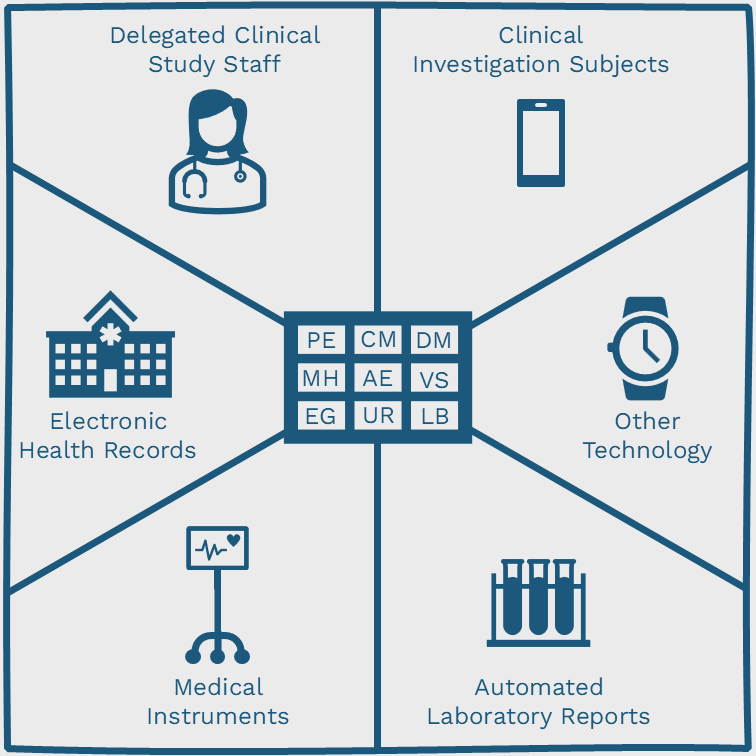Knowing When a Problem Should be Solved
I have been pondering the question “When do we know there is a problem to be solved?”, for a while. Typically, we recognise there is a problem when we have unmet needs, there are inefficiencies in a process, we receive complaints or feedback, we notice tends in data, or an unexpected outcome occurs. These can be classified as indicators or triggers for us to identify a problem, but just because we identify a problem doesn’t mean we have a solution.
Denial to Acceptance
In order to progress from a problem to a solution there are several stages that take place. One of the first stages starts with denial and ends with acceptance. We are aware of the problem but at first do not want to do anything about it. This spectrum can be likened to the Five Stages of Grief, introduced by Elisabeth Kübler-Ross in 1969. The “Kübler-Ross Model” begins with denial where we refuse to accept the reality of the situation, moves onto anger directed at others or oneself, then bargaining such as with “if only” statements, followed by depression or despair as the reality sets in, and finally ending with acceptance where we come to terms with the situation.
I haven’t written this article to discuss grief but there are similarities in these five stages with addressing business problems, which can indeed involve going through stages similar to those of grief. So, to look at the issue of problems in a business context the following list describes the five stages in light of common challenges we find in the corporate world.
- Denial can involve a refusal to acknowledge the problem such as by ignoring reduced sales, dismissing complaints, or attributing issues to factors that are only temporary.
- Anger at recognising the problem can cause frustration which might involve criticising team members, blaming factors outside our control, or even holding oneself accountable for the situation.
- Bargaining might include attempts to find quick fixes, workarounds, or negotiate short-term changes, such as by offering discounts, or trying to renegotiate terms with suppliers and clients.
- Depression or despair at the short-term changes not working can create a a period of feeling overwhelmed or hopeless and might involve a drop in morale, productivity, or motivation among team members.
- Acceptance is when we recognise the problem and commit to finding a solution that is sustainable. This part of the process inevitably requires strategic planning, making robust changes, and proceeding with a clear plan of action.
Defining the Problem
To help find a good solution it is important to effectively define the problem. Having gone through the above stages (not necessarily in a linear fashion), we can objectively define the problem. This starts by being specific about what is not working and followed by understanding the context of the situation by gathering data points. Once we have data we can look at symptoms to understand the impact of the problem. The next step involves digging into the root cause so tools like the 5 Whys or Root Cause Analysis (RCA) can be used to identify the underlying cause of the problem. Now we need to look at what is affected by the problem and who is impacted which helps focus efforts on the most relevant aspects of the issue. By this point we have a clear idea of what the problem is so objectives can be set to clearly define what should be achieved by solving the problem. The final step is to write a clear and concise statement about the problem which includes the previous 6 steps. In summary, defining the problem is achieved with the following points.
- Identify the Issue
- Understand the Context
- Analyse the Symptoms
- Determine the Root Cause
- Define the Scope
- Set Objectives
- Document the Problem
Finding a Solution
Assuming we have already defined the problem using the above steps, the act of finding a solution involves a structured approach.
First, gather information such as with surveys or by analysing existing data. Second, generate ideas with creative thinking to consider multiple possibilities. Third, assess ideas based on criteria such as feasibility, cost, time, and impact. Fourth, select the best solution that addresses the problem and meets your criteria. Fifth, create a project plan for how to implement the solution. Sixth, action the project plan whilst simultaneously communicating with stakeholders and ensure all participants understand their roles.
Continue tracking the implementation, measure results against objectives, and make adjustments. Once the solution has been implemented you can reflect on the process and note lessons learned for next time to improve future problem-solving efforts.
At Saltware Solutions we pride ourselves on being able to solve problems so once you’ve identified a problem why not get in touch to see how we can help you! You can read further about our methodology here.






